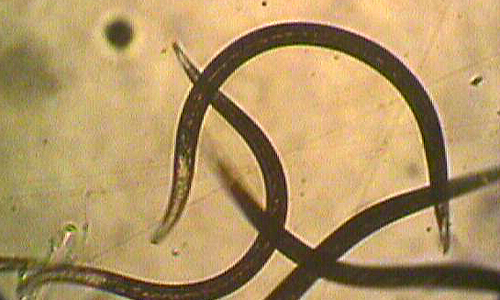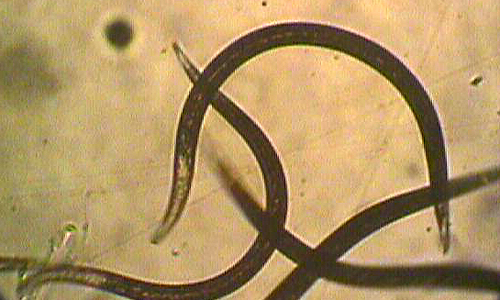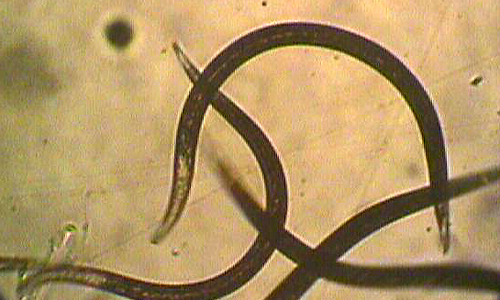Cranberry girdler
Damage caused by cranberry girdler
Only larval stages of cranberry girdler cause damage to their host plants especially turfgrass and cranberries. Larvae generally feeding on the roots and crowns of turfgrass. This kind of damage leads to the formation of small patches of dead grass all over the lawans. As the population of cranberry girdler larvae increases, these damaged small patches of grass combine together and create large areas of dead grass in the lawns. This in turn reduces the aesthetic values and playability of turfgrass. Larvae of cranberry girdler also cause damage to cranberries by feeding on the bark of their runners.
Facts (show all)
- Common names
-
- Cranberry girdler
- Scientific name
-
- Chrysoteuchia topiaria
- Identification
-
Adults: Adult moths of cranberry girdler are buff in color with brown and cream colored stripes on forewings. Each forewing has a black spot on their tips with silver scales near wng fringes.
Eggs: Eggs of cranberry girdler are creamy white in color and 0.5mm long.
Larvae/Caterpillars: Mature larvae of cranberry girdler are dirty white to gray in color with orange head capsule.
Pupae: Pupae of cranberry girdler are yellowish brown in color.
- Biology
-
Cranberry girdler develop through four life stages including eggs, larvae, pupae and adults (moths). After mating in June, female moths begin dropping eggs randomly on grass blades in the lawns for several weeks. These eggs hatch within 10- 12 days into small larvae that then moves into the upper layer of soil where they feed on the roots and crowns of grass until they become mature. As temperature begins cooling down, mature larvae then spins silken cocoons in which they overwinter in soil. These overwintering larvae resume feeding in the spring and then pupate in the soil. Adults emerge from pupae in early June and life cycle continues. Under favourable conditions, cranberry girdler can complete one generation in a year.
- Organic Control of cranberry girdler
-
- Following beneficial bugs are used for organic control of cranberry girdler
- Beneficial entomopathogenic nematodes
-
- Steinernema carpocapsae
- Steinernema feltiae
- Heterorhabditis bacteriophora





